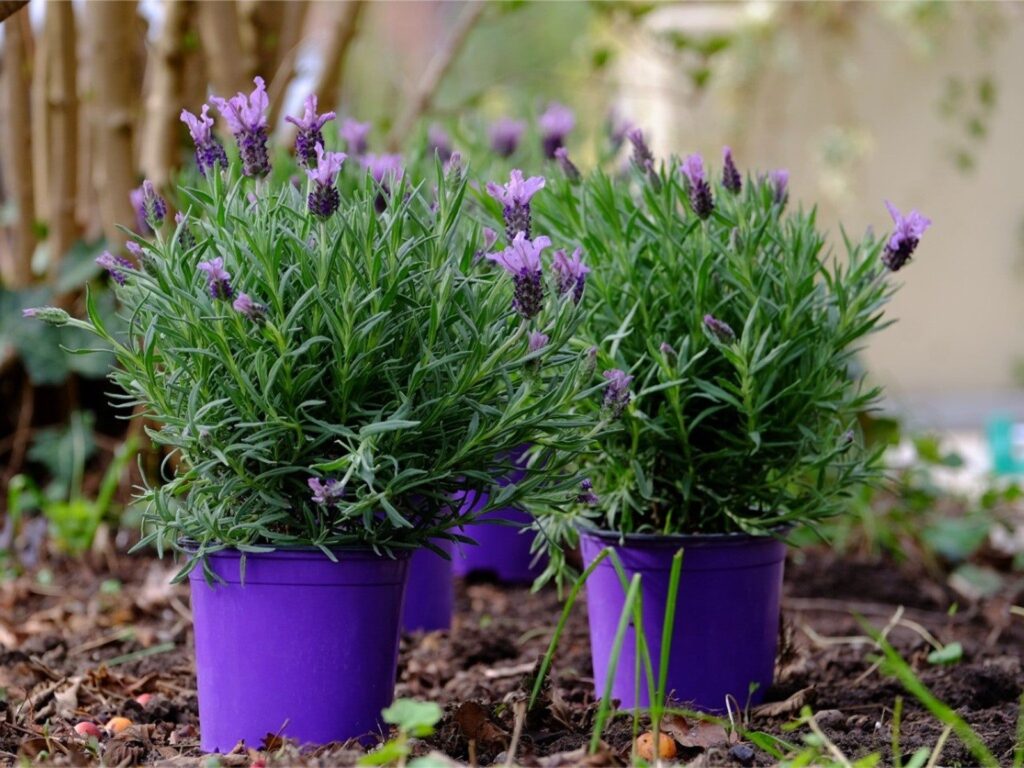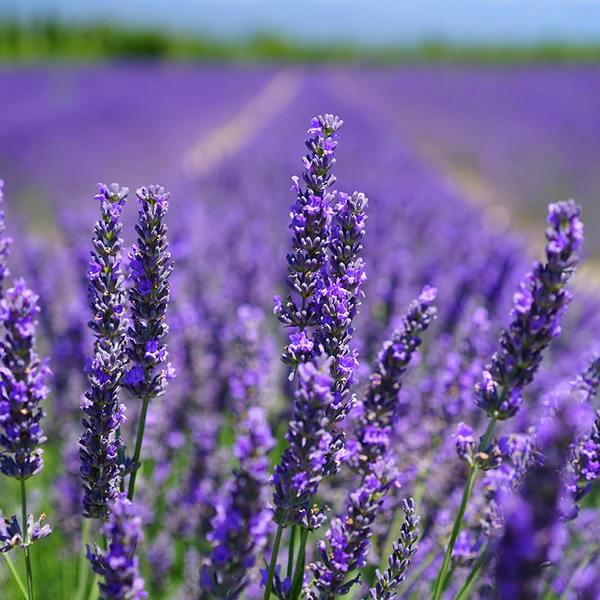How to Grow Lavender (and Not Kill It This Time)
Lavender. Just saying the word makes you relax a little, doesn’t it?
This herb’s like the chill friend who always smells good, keeps bugs away, and somehow looks put together even in the middle of summer.
But growing lavender? That can be a bit of a mystery—especially if you’ve tried it once, thought it died, and swore off it forever. Don’t worry, we’ve all been there.
This time, let’s get it right. Whether you’re in a sunny apartment balcony in Auckland or on a quiet patch of dirt in the South Island, lavender can actually thrive with a bit of planning and the right conditions.

Pick the Right Spot
Lavender is a sun worshipper. It needs full sun, and not just for a few hours—give it six or more hours a day.
If it were a person, it’d be the one hogging the best lounger by the pool.
Got clay soil? Hmm. Lavender’s not a fan of soggy feet. It prefers dry, well-draining soil—think Mediterranean beach holiday, not swampy winter bog.
If your garden tends to hold water, mix in a bit of sand, pumice, or fine gravel to help lighten it up.
Choosing Your Lavender Type
This bit matters more than people think. Not all lavenders are created equal:
| Type | Best For | Notes |
|---|---|---|
| English Lavender | Cooler climates | Strong scent, great for cooking and sachets |
| French Lavender | Warmer climates | Frilly, showy flowers, needs winter protection |
| Spanish Lavender | Container growing & borders | Chunky flower heads, great for pots |

In New Zealand, we can usually get away with growing English or French varieties, especially in drier parts of the North Island.
Down south? Stick to the hardier ones unless you’re wrapping it up in wool come winter.
Planting It Right
Start in spring if you can. That gives it time to settle before winter.
If you’re planting in the ground:
- Space them out. Think 30 to 60 cm apart.
- Dig a little wider than the root ball and chuck in some compost—but not too much. Lavender thrives on a bit of neglect.
- Water it once after planting, then leave it alone unless the weather’s been brutally dry.
Containers? Totally doable. Just make sure the pot drains well. No saucers that stay soggy for days.
Use a gritty mix—potting mix with some pumice or cactus soil blend works a treat.
Caring Without Coddling
Lavender likes it rough. Overwatering is the fastest way to kill it. A quick rundown:
| What | How Often | Tips |
|---|---|---|
| Watering | Only when soil is bone dry | Check down 2–3 cm deep—if it’s still moist, wait |
| Feeding | Once a year (maybe) | Light dose of low-nitrogen fertiliser in spring |
| Pruning | After flowering ends | Cut back about a third, but never into old wood |
The pruning bit’s important. It keeps your lavender from turning into a scraggly old broom by year two.
But don’t go crazy—leave a bit of green on each stem or it won’t grow back.
Harvesting the Good Stuff

When those purple spikes start showing off, it’s time to get snippy. The best time to harvest? Just before the buds fully open—that’s when the oils are strongest.
Grab a handful of stems, tie them up with string, and hang them somewhere dry and shady. Boom: instant rustic farmhouse vibes.
Lavender Troubleshooting Table
Here’s a cheat sheet if things start going sideways:
| Problem | Likely Cause | Fix |
|---|---|---|
| Yellow leaves | Too much water | Let it dry out—cut back watering schedule |
| No flowers | Not enough sun or overfeeding | Move to a sunnier spot, skip the fertiliser |
| Woody, leggy growth | No pruning last season | Prune lightly after flowering each year |
| Dead plant in winter | Poor drainage or harsh cold | Improve soil, try winter protection |
Final Thoughts
Look, lavender isn’t high-maintenance—it just has standards. Give it sun, space, and freedom from soggy roots, and it’ll thrive.
Plus, there’s something really satisfying about walking past a healthy lavender bush, brushing your hand against it, and getting that burst of scent.
Whether you’re growing it for the bees, the scent, the Instagram aesthetic, or just because Jess down the road has a stunning one and you’re lowkey jealous… now’s the perfect time to get planting.
If you’re in Auckland like me, you can usually find starter plants at places like Kings Plant Barn or even your local Mitre 10.
Give it a go—and don’t forget to thank your future self when your garden smells like summer.



